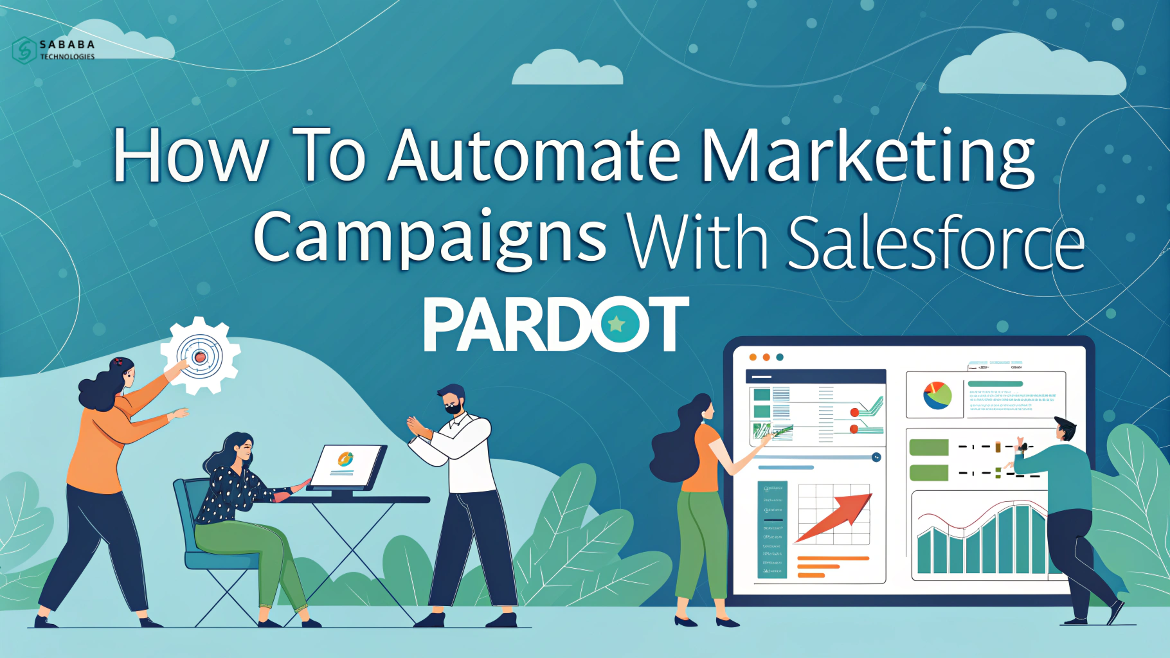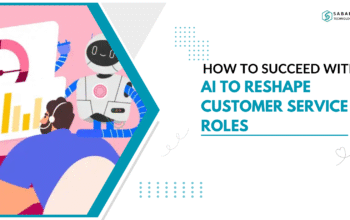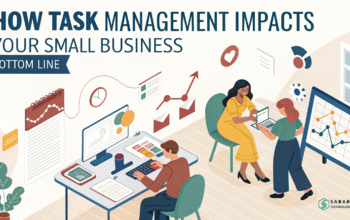Simplify Salesforce marketing with Pardot automation. Streamline campaigns, engage leads, and drive better results.
Marketing today is fast-paced, and teams often juggle multiple tasks while chasing meaningful results. If you’re tired of repetitive tasks or wondering how to boost your lead nurturing strategy, it’s time to embrace Pardot automation. Salesforce Pardot simplifies marketing workflows, saving you time and elevating your strategy. Let’s explore how to automate your marketing campaigns with Salesforce Pardot and transform your team’s productivity.
Why Marketing Automation Matters
Imagine sending the right message to the right person at just the right time—without lifting a finger. That’s the beauty of marketing automation. It not only improves customer engagement but also gives your marketing team breathing room to focus on strategy, not just tasks.
With Salesforce marketing solutions like Pardot, you can automate emails, score leads, and align closely with sales. The result? Faster conversions, happier leads, and more cohesive team efforts.
Kick Off Pardot Automation and Streamline Your Salesforce Marketing
So, how do you begin? Start with the basics—mapping your customer journey. By understanding what your leads need at each stage, you can create thoughtful, personalized interactions.
Step 1: Define Your Campaign Goals
Before diving into the technical setup, take a step back and decide what you want to achieve. Are you nurturing leads, promoting a product, or re-engaging past customers? Having clear goals ensures your Pardot automation delivers measurable results.
Step 2: Divide and Target Your Audience Effectively
No two leads are alike. Pardot lets you create dynamic lists that automatically update based on your lead’s behavior or attributes. Whether it’s by industry, location, or buying intent, segmentation ensures that your Salesforce marketing campaigns speak directly to your audience’s needs.
Step 3: Set Up Engagement Studio Programs
Engagement Studio is where the magic happens. This powerful feature lets you build automated flows that react to your leads’ actions. Open an email? Trigger another. Click a link? Send relevant content. Ignore a message? Perhaps a gentle reminder. It’s all about guiding your leads with purpose.
Step 4: Use Pardot Automation for Lead Scoring and Grading in Salesforce Marketing
One of Pardot’s strongest tools is its lead scoring and grading system. It helps your sales team focus on leads that are both interested and qualified. Automation rules can adjust these scores dynamically, meaning your team always knows who deserves attention.
Step 5: Monitor, Test, and Refine
Automation isn’t “set it and forget it.” It’s essential to review reports, test variations, and fine-tune campaigns. By continually optimizing, you’ll ensure your Pardot automation keeps pace with your audience’s changing expectations.
Key Benefits of Using Pardot Automation for Salesforce Marketing
Automating with Salesforce Pardot brings several tangible benefits:
- Consistency: Your brand stays front-of-mind without constant manual effort.
- Personalization: Targeted content based on real behavior.
- Efficiency: Less manual work means more time for creative strategy.
- Alignment: Marketing and sales finally speak the same language.
In short, automation turns chaos into clarity.
Common Mistakes to Avoid
Even seasoned marketers can stumble when setting up Pardot automation. Watch out for these pitfalls:
- Overcomplicating automation flows
- Forgetting to test emails and links
- Ignoring data hygiene, which can harm segmentation
- Neglecting regular reviews of automation performance
Avoiding these mistakes ensures that your Salesforce marketing campaigns remain sharp and effective.
Unlock the Power of Pardot Automation
Salesforce Pardot isn’t just another marketing tool—it’s your partner in growth. By leveraging its powerful automation features, you can craft smarter, more impactful marketing campaigns that not only generate leads but build relationships.
Remember, the ultimate goal of Pardot automation isn’t to replace your team’s creativity—in fact, it’s to enhance and free it. While routine tasks are handled by automation, your marketing team can then focus on what truly matters: building connections with people. As a result, you not only save time but also create more meaningful, personalized interactions that drive lasting engagement.
FAQs
1. What is Salesforce Pardot used for?
Salesforce Pardot is a marketing automation platform designed to help businesses nurture leads, automate tasks, and align marketing with sales for better conversions.
2. Is Pardot automation difficult to set up?
No, especially if you start with clear goals and a mapped customer journey. Salesforce provides helpful guides, and with practice, it becomes second nature.
3. Can small businesses benefit from Pardot automation?
Absolutely. Whether you’re a startup or an enterprise, Pardot’s flexibility makes it useful for businesses of all sizes.
4. How does lead scoring work in Pardot?
Leads earn points based on their actions (like email opens or downloads) and profile fit. These scores help prioritize outreach.
5. What’s the difference between Salesforce Marketing Cloud and Pardot?
Pardot is designed mainly for B2B marketing automation, while Marketing Cloud focuses more on B2C with broader campaign management features.
Feeling more like puzzles than solutions? That’s when Sababa steps in.
At Sababa Technologies, we’re not just consultants, we’re your tech-savvy sidekicks. Whether you’re wrestling with CRM chaos, dreaming of seamless automations, or just need a friendly expert to point you in the right direction… we’ve got your back.
Let’s turn your moments into “Aha, that’s genius!”
Chat with our team or shoot us a note at support@sababatechnologies.com. No robots, no jargon, No sales pitches —just real humans, smart solutions and high-fives.
P.S. First coffee’s on us if you mention this blog post!



